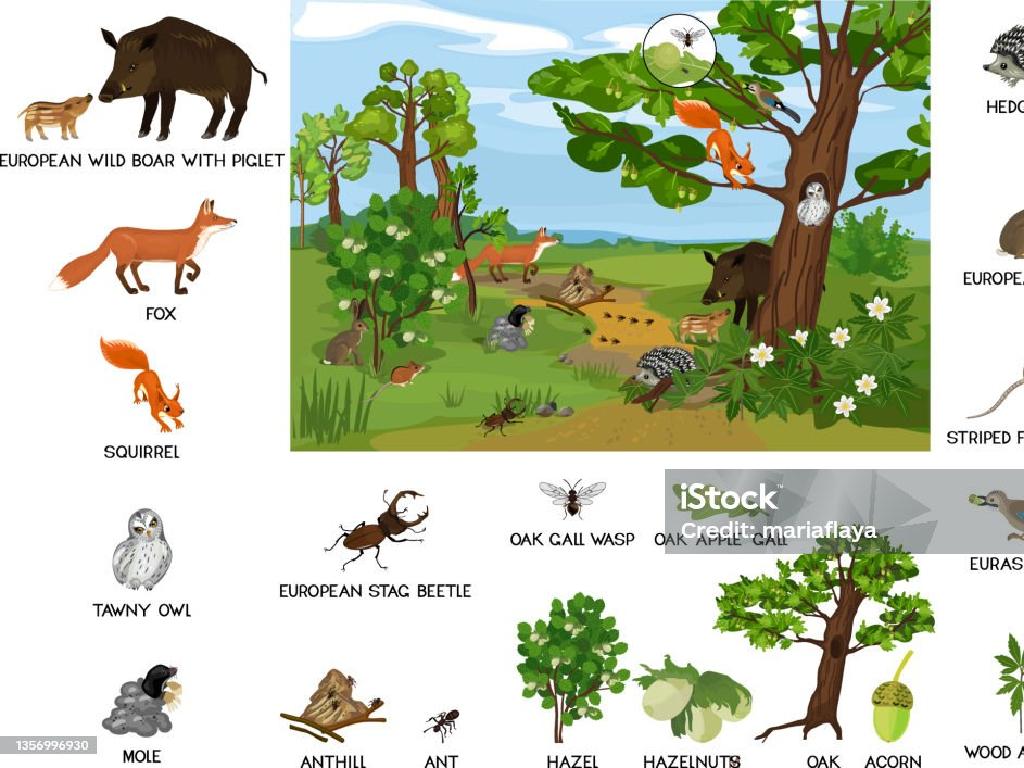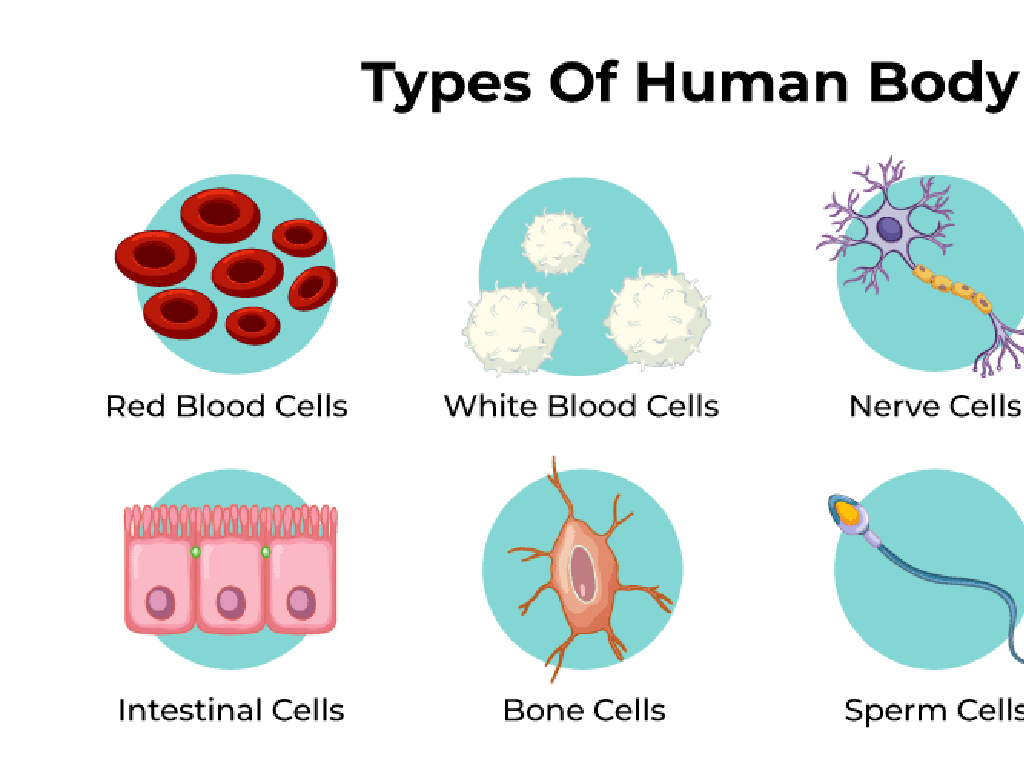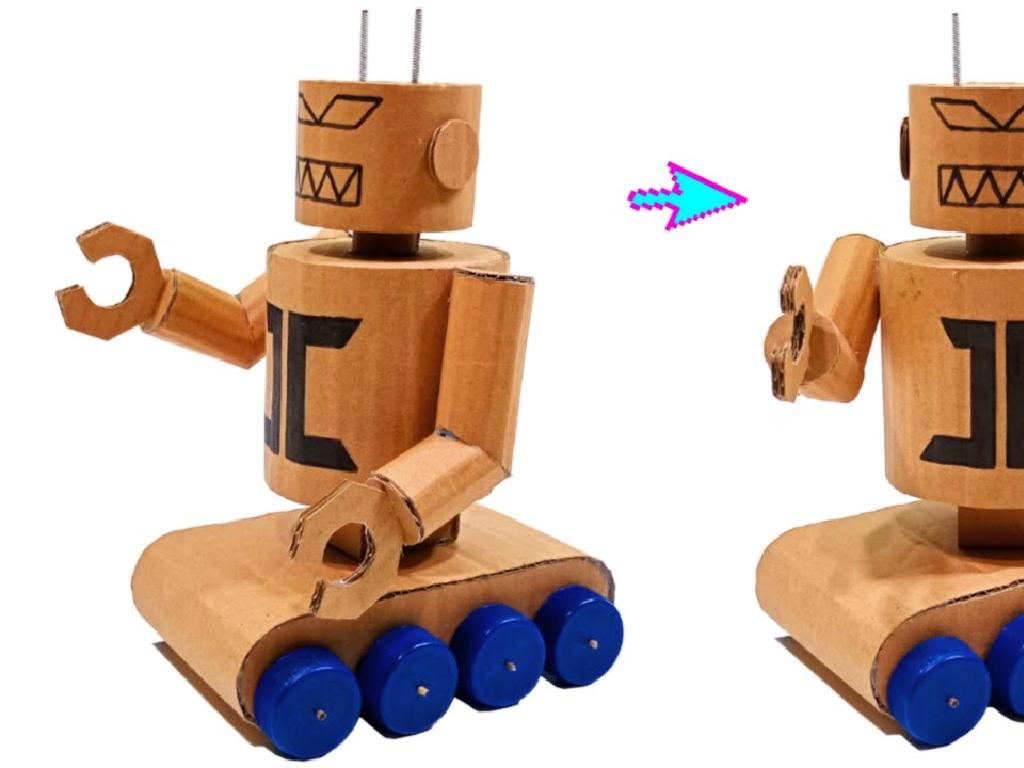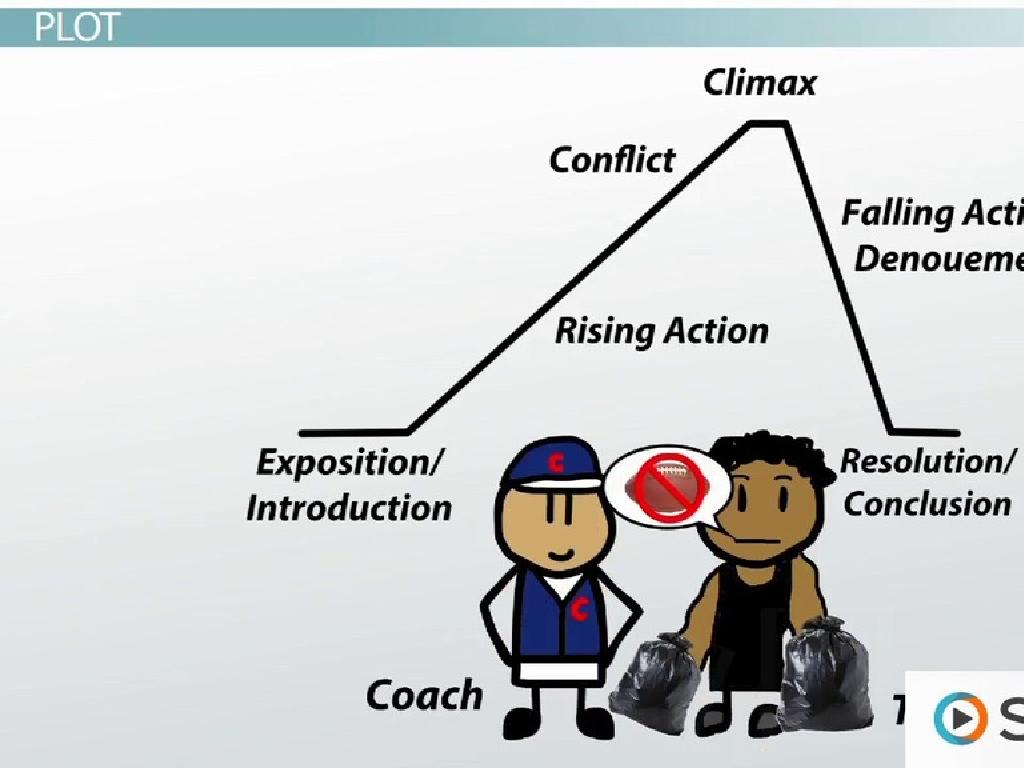Make A Number Using Subtraction - Numbers Up To 5
Subject: Math
Grade: Kindergarten
Topic: Subtraction Up To 5
Please LOG IN to download the presentation. Access is available to registered users only.
View More Content
Welcome to Subtraction!
– Greetings, young mathematicians!
– Learning to take away, up to 5
– Subtraction is sharing toys
– If you have 4 blocks and give 1 to a friend, subtraction helps you find you have 3 left.
– Discover how many toys remain
– We’ll practice with examples like if you start with 5 candies and eat 2, how many are left?
|
This slide introduces kindergarteners to the concept of subtraction in a relatable and engaging way. Begin by greeting the students warmly to create a welcoming learning environment. Explain that subtraction is a way of finding out how many things are left after some are taken away, using numbers up to 5. Use familiar scenarios such as sharing toys to illustrate the concept. For example, if a child has a certain number of toys and gives some away, subtraction helps them figure out how many they have left. Encourage the children to think of subtraction as a fun activity, like a game where they share and then count. Prepare to demonstrate with real objects or illustrations to help them visualize the process. The goal is to make subtraction feel like a natural part of everyday play and interaction.
Learning Subtraction: Taking Away
– Subtraction means taking away
– Subtract to find how many left
– Imagine 5 apples, give 2 away
– If you start with 5 and give 2 to a friend, you use subtraction to find out the remaining.
– How many apples are left?
– It’s like a mini-story problem: 5 apples – 2 apples = ?
|
This slide introduces the concept of subtraction to Kindergarten students by relating it to a simple and relatable activity – sharing apples with a friend. Start by explaining that subtraction is just a way of finding out how many things are left after we take some away. Use props like toy apples to visually demonstrate the concept. For example, show 5 apples, then physically remove 2 and count the remaining apples together. Encourage the students to visualize and use their fingers if needed. The goal is to make them understand the basic operation of subtraction in an engaging and interactive way.
Learning Subtraction: Making Numbers Smaller
– Understand the minus sign (-)
– The minus sign means we take away
– Learn the equals sign (=)
– The equals sign shows us the answer
– Example: 3 – 1 = 2
– Taking 1 away from 3 leaves us with 2
|
This slide introduces the basic symbols used in subtraction: the minus sign and the equals sign. Explain that the minus sign is used to indicate that we are taking away from a number. The equals sign is used to show the result of the subtraction. Use the example 3 – 1 = 2 to visually demonstrate how subtraction works. Encourage the students to use their fingers to count and subtract. For instance, if they hold up 3 fingers and put 1 finger down, they can see they have 2 fingers left. This visual and physical representation helps solidify the concept of ‘taking away’ in their minds.
Making Numbers with Subtraction
– Subtraction makes new numbers
– Example: 5 – 3 equals 2
– Starting with 5 apples, if we take away 3, we have 2 apples left.
– Practice with numbers up to 5
– We’ll subtract using fingers, blocks, and drawings!
|
This slide introduces the concept of subtraction as a means to create new numbers, specifically for numbers up to 5. Begin by explaining that subtraction is like taking away. Use concrete examples like apples to illustrate the point. For the example provided, show a visual of 5 items and then remove 3 to help them see the result is 2. During the practice, use hands-on activities like counting fingers, using blocks, or drawing pictures to subtract different numbers up to 5. This will help the students visualize the subtraction process. Encourage the students to come up with their own subtraction examples and share them with the class. The goal is to make them comfortable with the concept of subtraction as a fun activity.
Let’s Practice Subtraction!
– Subtract: 4 – 1 equals what?
– If you have 4 apples and eat 1, how many do you have left?
– Subtract: 5 – 2 equals what?
– If you start with 5 stickers and give 2 away, count the remaining.
– Subtract: 3 – 3 equals what?
– If there are 3 candies and you take all 3 away, how many are left?
– Count what’s left after!
|
This slide is designed to help Kindergarten students practice basic subtraction with numbers up to 5. Use objects like apples, stickers, or candies to visually demonstrate the subtraction process. Encourage the students to physically remove the items and count the remaining ones to find the answer. This hands-on activity will help them understand the concept of ‘taking away’ in subtraction. For each problem, guide them through the process of subtracting and counting the leftovers. Reinforce the concept that subtraction tells us how many things are left after some are taken away. During the next class, review the homework by asking students to share their answers and how they found them.
Subtraction Story Time
– Start with 4 cookies, eat 1
– If you eat 1 out of 4 cookies, you have 3 left
– Have 5 stickers, give 2 away
– If you give 2 stickers away, you keep 3
– Stories make subtraction fun
– How many items are left?
– After subtracting, count the remaining items
|
This slide introduces the concept of subtraction through simple storytelling, which is relatable for kindergarten students. Use real-life scenarios to illustrate subtraction, such as eating cookies or sharing stickers. Encourage the children to visualize the scenarios and use their fingers or classroom objects to act out the stories. Ask interactive questions to engage them in finding out how many items are left after some are taken away. This method helps them grasp the concept of ‘taking away’ in a tangible and memorable way. For the activity, you can bring actual cookies or stickers to class to make the learning experience more hands-on and enjoyable for the students.
Class Activity: Subtraction with Blocks
– Start with a group of blocks
– Take some blocks away
– Count the blocks left over
– Understand subtraction
– Removing blocks helps us learn how to subtract numbers
|
This activity is designed to introduce the concept of subtraction to Kindergarten students in a tangible and interactive way. Begin by giving each student a small group of blocks (up to 5). Instruct them to remove a certain number of blocks and then count how many blocks are left. This hands-on activity helps them visualize the subtraction process. As they engage with the blocks, they will begin to understand that subtraction means taking away. Encourage them to verbalize their actions, for example, ‘I had 5 blocks, I took away 2, now I have 3 left.’ Prepare to assist students who may struggle and offer praise as they grasp the concept. Have a variety of scenarios ready for different skill levels, such as removing 1 block from 3, 2 blocks from 5, or all blocks from a group to show zero. This will cater to the varying abilities within the class.
Subtraction Success!
– Congratulations on learning subtraction!
– Subtraction shows us what’s left
– If you have 5 apples and eat 2, subtraction tells us 3 are left.
– Practice makes perfect
– The more you practice, the better you’ll get!
– You’re becoming subtraction stars!
|
This slide is meant to celebrate the students’ achievements in learning the basics of subtraction. It’s important to reinforce the concept that subtraction is a way to find out how many items remain after some are taken away. Encourage the students to continue practicing with different numbers up to 5 to become confident in their subtraction skills. Praise their efforts and progress, and let them know that with each practice, they are getting closer to becoming ‘subtraction stars’. You can suggest parents to involve subtraction in daily activities, like counting toys or snacks, to make practice fun and relevant.






